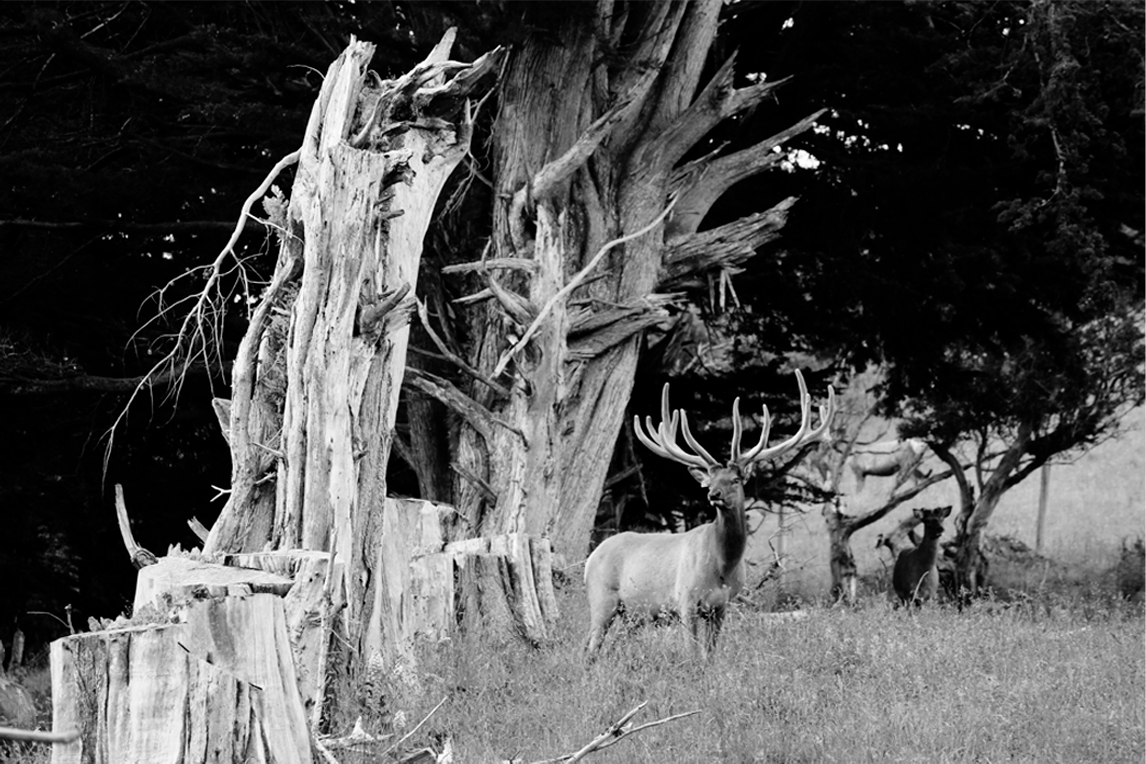The feed requirements of deer differ depending on their age, stage of growth, the season, feed quality, environment and management. To maintain good levels of production throughout the year, feed supply has to match the stage of production and seasonal requirements. Measured in terms of usable or 'metabolisable' energy ('ME'), protein and trace elements.
In New Zealand, pasture is the basis of the majority of deer feeding systems, however pasture growth is not as well matched to the deer production system as it is to sheep, beef or dairy systems.
Intake
Intake is influenced by the amount of pasture offered to the animal (referred to as pasture cover, pre-grazing mass or height) and the quality of the pasture. Poor quality pasture is digested more slowly by the animal, thereby reducing intake.
Maintenance and Growth
It is important to understand the different feed requirements for maintenance and growth.
Among the issues that need to be understood are seasonality and its effects on the growth of young deer, their feed requirements and practical day-to-day management.
Deer will make nearly 40% of their annual weight gain in spring, so supplying the highest quality pasture is a major priority from as early as late August when the deer growth spurt starts.
Seasonal target weights
A failure to meet target weights gives early warning that feed management needs fine-tuning. This is important for deer because of their seasonal growth cycle. An ability to grow well in spring and summer must be efficiently utilised, since missed opportunities at this stage cannot be regained in winter. Ideally, producers should weigh at the end of autumn, winter and summer to monitor progress.
More resources
For more information about feed types and deer performance read Forages for deer: A Review by D Stevens >>
The following topics are available in convenient DINZ Deer Fact sheets.

